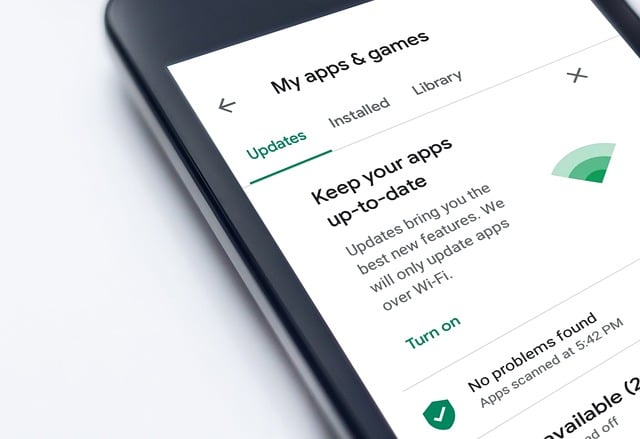Select Over-the-Air (OTA) updates offer a convenient and efficient way for device manufacturers to deploy software upgrades, ensuring users access new features without downtime. Successful OTA implementation requires robust network connectivity, stringent security measures, and reliable error handling. Best practices include optimizing update sizes, providing clear progress indicators, offering flexible download schedules, regular testing, and maintaining a user-friendly interface. Organizations employing OTA updates must establish clear communication channels, conduct thorough testing, implement structured rollback plans, and monitor network performance to minimize disruptions and enhance user satisfaction.
In today’s fast-paced digital landscape, efficient remote feature releases are vital for keeping applications competitive. Understanding Over-the-Air (OTA) updates offers significant benefits like reduced downtime and improved user experience. This article explores ‘Select Over-the-Air Updates’—strategizing and implementing these changes effectively. We’ll delve into best practices, tips for seamless management, and considerations to ensure successful remote feature releases, enhancing your app’s performance and user engagement.
- Understanding Over-the-Air Updates: Benefits and Considerations
- Implementing Select Over-the-Air Updates: Strategies and Best Practices
- Ensuring Smooth Remote Feature Releases: Tips for Effective Management
Understanding Over-the-Air Updates: Benefits and Considerations

Over-the-Air (OTA) updates are a convenient and efficient way to distribute software improvements for devices like set-top boxes or remote operating systems. This method eliminates the need for physical installations, ensuring that users receive the latest features and bug fixes promptly. The benefits of OTA updates include reduced downtime, as devices can be updated while remaining operational, and lower costs for both manufacturers and consumers since no physical media or manual intervention is required.
However, implementing OTA updates comes with considerations. Network connectivity is paramount; poor or intermittent connections may hinder timely updates. Security is another critical aspect; proper encryption and authentication mechanisms must be in place to prevent unauthorized access and ensure data integrity during the update process. Additionally, error handling and rollback capabilities are essential to mitigate potential disruptions or software corruption that could occur during an OTA update installation, such as with live TV services requiring seamless update implementation.
Implementing Select Over-the-Air Updates: Strategies and Best Practices

Implementing Select Over-the-Air Updates (OTA) is a strategic move for any device manufacturer looking to keep their streaming devices and smart TVs up-to-date with the latest firmware refreshes. This method allows for efficient remote software installation, ensuring users receive enhanced performance, security patches, and new features without any hassle. When executing OTA updates, it’s crucial to consider user experience and network stability.
Best practices include optimizing update sizes to minimize bandwidth usage, providing clear progress indicators, and offering flexible download schedules. Regular testing and rollouts are essential to ensure compatibility and prevent disruptions. Additionally, maintaining a user-friendly interface for remote software installation guides can foster a positive experience, encouraging users to embrace OTA updates voluntarily.
Ensuring Smooth Remote Feature Releases: Tips for Effective Management

Ensuring smooth remote feature releases is paramount for any organization employing over-the-air (OTA) updates, be it for devices like set-top boxes or complex software systems. One of the key strategies involves establishing robust communication channels to keep all stakeholders informed about upcoming changes and potential downtime. This includes clear guidelines for testing, both internally and in simulated real-world scenarios, to catch any issues early on.
Additionally, implementing a structured rollback plan is vital. In case an update introduces unforeseen problems, having a reliable process to revert to the previous stable version ensures minimal disruption. Regular monitoring of network performance during OTA updates is another best practice, especially for services like Verizon Fios Air Updates, to ensure efficient and seamless installations without interrupting users’ experiences. This comprehensive approach enhances user satisfaction and maintains the reliability of remote operating system installs and set-top box software refreshes.
Remote feature releases, facilitated by over-the-air (OTA) updates, offer a streamlined and efficient approach to software deployment. By implementing select OTA updates, developers can deliver new features and improvements without requiring users to physically update their devices. With the right strategies and best practices in place, organizations can ensure smooth remote releases, enhancing user experience and maintaining a competitive edge in today’s digital landscape. Remember that effective management of these updates is key to avoiding disruptions and leveraging the benefits of OTA technology fully.
